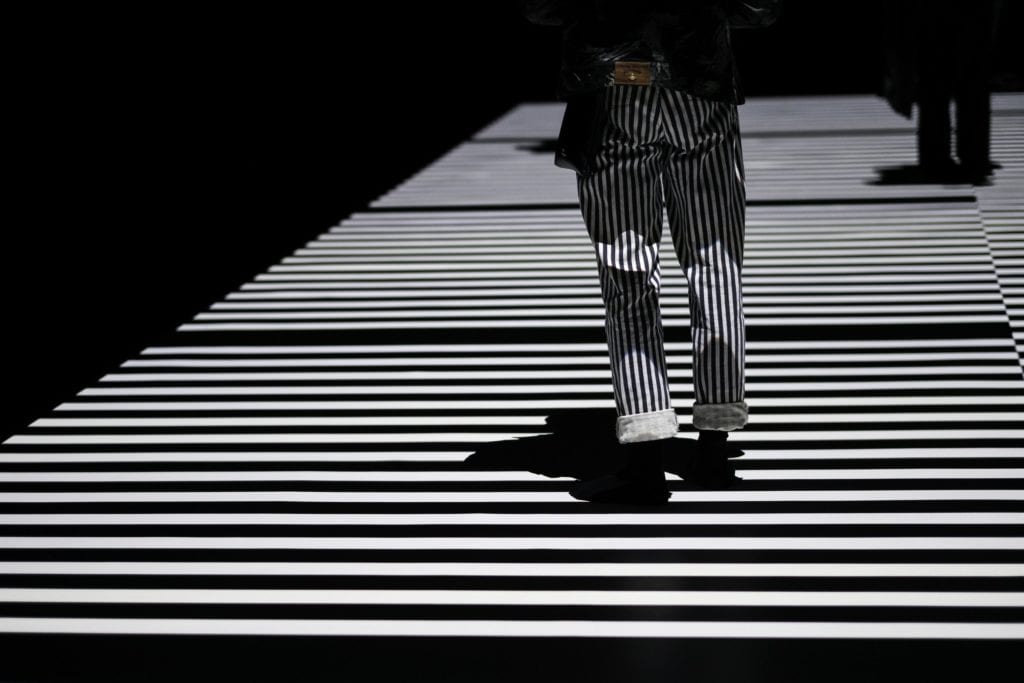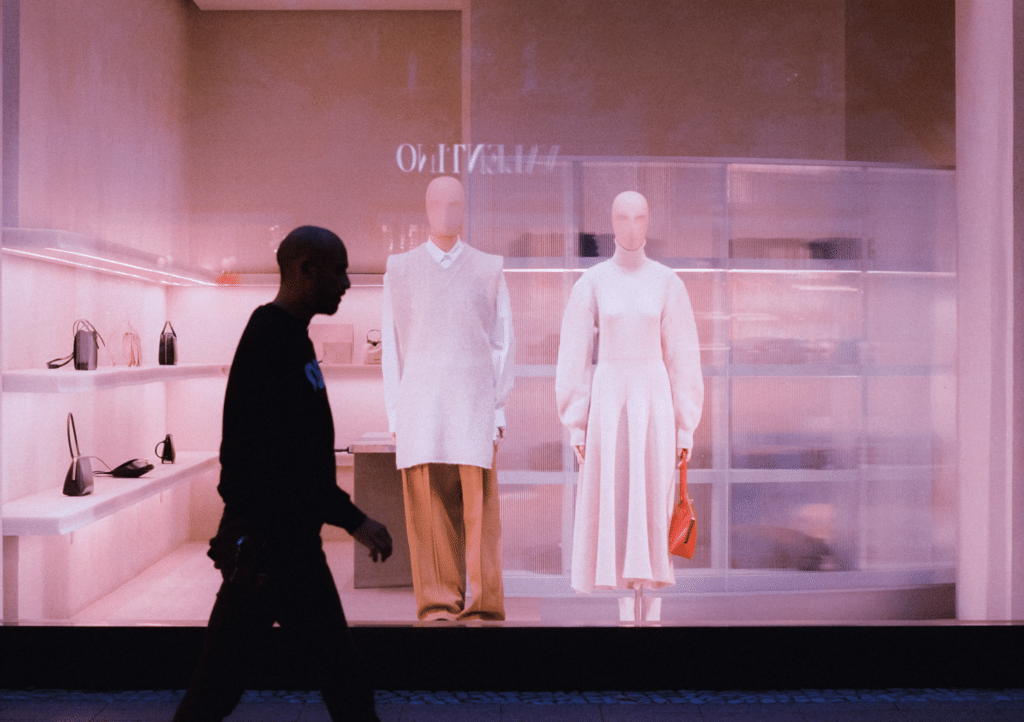During the bi-annual fashion shows, while the various fashion weeks center – at least in theory – on brands’ seasonal garments and accessories, the street style associated with each season’s shows, has long-rivaled the runway as a focal point. Fashion publications dedicate countless galleries to the wares of individual editors, influencers, and brands’ deep-pocketed clients, and no small number of the most photographed fashion figures have parlayed their photo-presence and their ability to influence how others dress into big-name brand deals and lucrative digitally-focused advertising efforts.
Look beyond the compelling images of carefully-styled editors and highly-followers influencers and you will see a pack of people behind the lens. One of the foremost considerations when it comes to street style photography – aside from season-specific speculation about what garments and accessories have been gifted by brands precisely for the purpose of street style marketing (many bets are on massive gifting by Bottega Veneta this season ) – is the award of copyright protection.
Street style photographers – whether it be the Tommy Tons and Adam Katz Sindings of the industry or the lesser-known names – enjoy copyright protection in the photos they take. As soon as they snap an original photo, copyright protection comes into a play. Because the requisite level of originality for copyright protection to apply is so low, it is safe to assume that nearly all photos rather easily make the cut, and copyright protection applies (albeit of varying strengths). The holder of those rights? The photographer, unless or until he/she assigns those rights to another party, such as a magazine for which he/she has been hired to take such photos.
While it may seem straightforward enough that the photographer – as the traditional creator of the image – is the copyright holder, what about the perfectly-styled individuals who are at the very center of the street style photos? In other words, what copyright-specific rights (if any) do the individuals depicted in the images at issue have?
The answer here would almost certainly seem like, well … None!, since the photographer – the individual who spots the subject, frames the shot, manipulates the lighting, and pushes the shutter button – is traditionally the one considered to be responsible for creating the work of art. However, there is a chance that the definition of creator is a bit more nuanced than that; there is a chance that the subjects of photos can claim co-authorship in the photos right along with the photographer. This would be the case if the subject is deemed to also be responsible for some of creative elements at play, such as the clothing that appears in the photo. And given the significant role that clothing and styling plays in street style photography, there just might be some merit to this argument.
The suggestion of subject-as-co-author is not necessarily outlandish given one specific reality of fashion week street style photography: the well-established fact that many subjects want to be photographed and take steps to get photographed.
Look no further than the countless how-to articles dedicated exclusively to successfully landing on the opposite end of a street style photographer’s lens – from GQ’s “Street style photography: how to get yourself spotted” (one bit if advice: “Wear color that pops.”) to a recent Fashionista article, entitled, “How to get shot for street style, according to a professional photographer” (it notes that “matching [your] outfit [with a companion] can make for a guaranteed snap.”).
After all, it is hardly uncommon, per London-based photographer Alex Sturrock, for individuals to “try to solicit the camera’s attention.” In the heyday of fashion week street style photography a few years ago, it was routine practice for at least some individuals to offer to pay well-known street style photographers in order to ensure that their photos would be taken for established fashion magazines and websites. Others were known to simply walk back and forth in front of crowds of photographers in eccentric get-ups to give themselves a greater chance of being photographed.
Co-authoriship is not an argument without some very recent background. Counsel for Gigi Hadid, for instance, argued in June in response to the copyright infringement lawsuit that was filed against the model in January that she should be entitled to enjoy the rights of a co-author in a photo of herself outside of her apartment building in New York because she had a hand in creating it.
24-year old Hadid’s counsel asserted that the photo at issue here, which the model was sued for posting on her Instagram account without authorization from the copyright holder, “depicts [the model] smiling while standing in front of a non-descript building.” It turns out, Hadid “decided to indulge the photographer,” and so, she “stopped and posed for the camera.”
With the in mind, Hadid’s counsel claimed that the photographer made no “attempt to convey ideas, emotions, or in any way influence [the subject’s] pose, expression, or clothing” in the photo, not did he “control the lighting or the background,” as it was Hadid who “posed for the camera.” These facts limit the photographer’s creative input in the photo, Hadid asserted, and thus, his level of protection in the photo.
More than merely contributing the pose, the filing asserted that Hadid “contributed many of the [other] elements [in the photo] that the copyright law seeks to protect,” and pointed to a 2001 decision from a New York federal court, which held that it would be possible to find that the subject of a photo is the “joint author of photographs where [he/she] contributed to ‘clothing’ and ‘poses’ of models,” which is precisely what Hadid did here, according to the filing.
That case was tossed out of court before a judge could sound off on the co-authoriship claims, but the issue seems particularly relevant – and very much worth considering – in the context of street style photos, which traditionally center on and aim to depict the apparel, accessories, and styling of runway show-goers.











